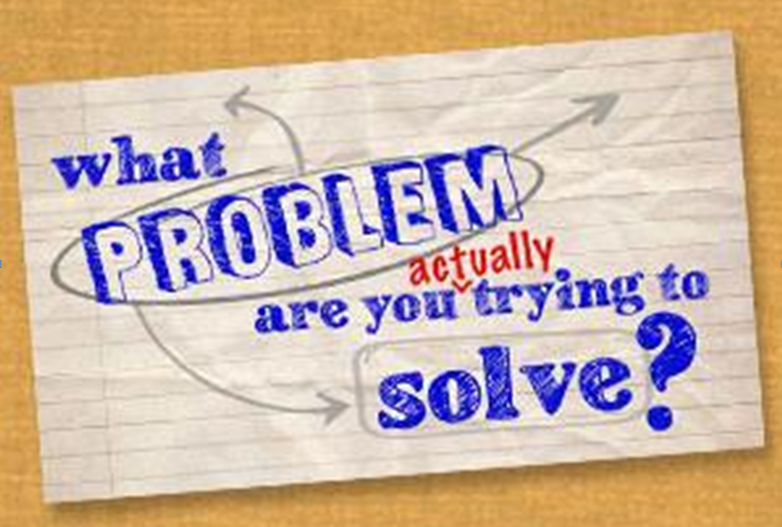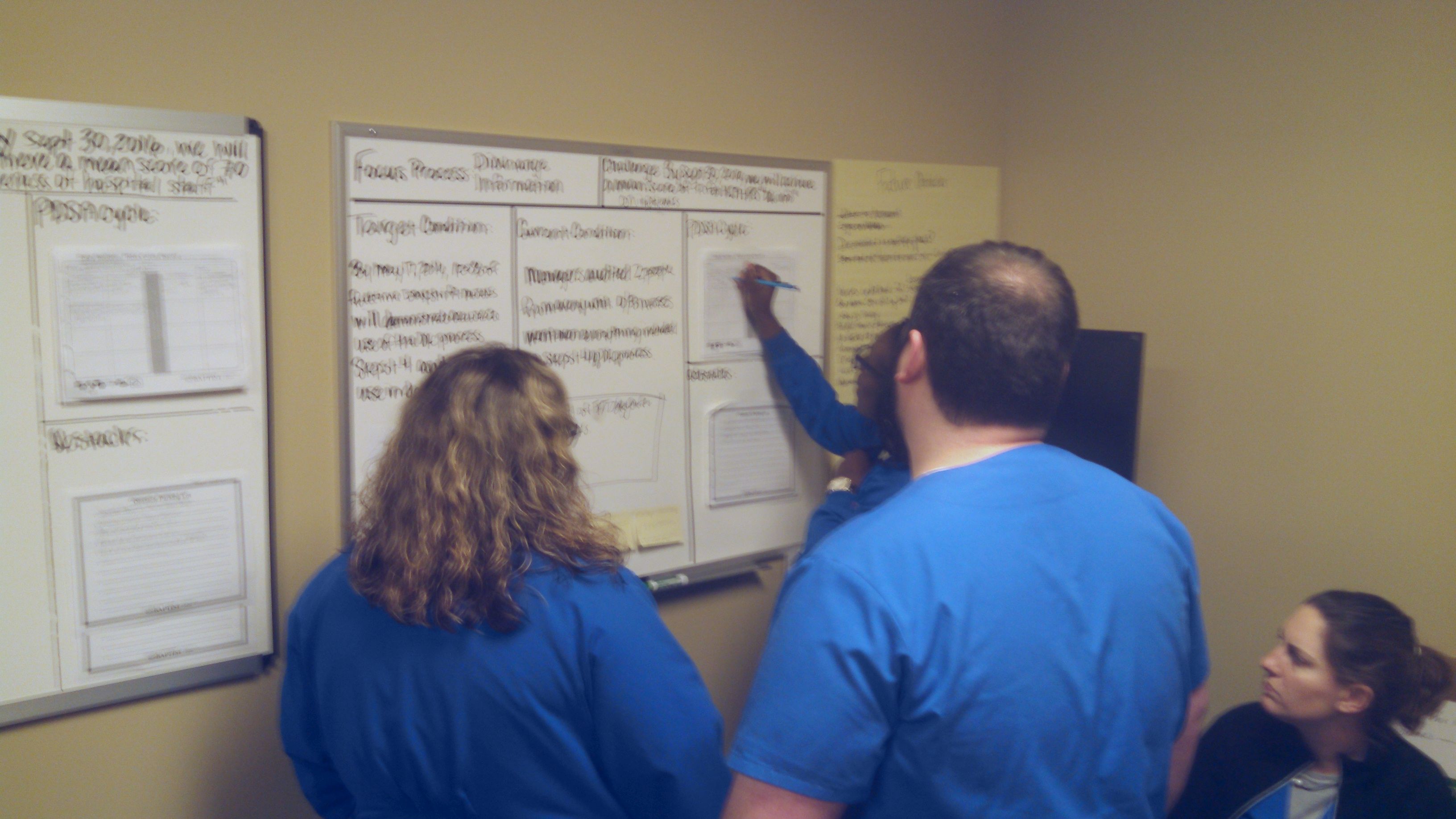… the teacher hasn’t taught.
Do you regard the structure of problem solving as dogma, or as an experiment with a predicted outcome?
If the learner struggles to master the structure, sometimes it is more valuable to find a different structure than to double down on what clearly isn’t giving the predicted result.
The Problem
Early this year I started work with a new client. They were trying to “implement A3,” and as I began to work with them, especially the new-in-the-position C.I. manager, I found they were struggling with what to write in the blocks of the “form.”
Of course there isn’t an A3 “form.” The A3 takes many configurations as the problem solver sets out to share the narrative with her coach. Nevertheless, beginners tend to find a format online, and work to put the right information in the various blocks.
In this case, my impression was that the blocks were getting in the way. “What should go in here?” “What goes in the next block?” I didn’t really make a deliberate decision here, but I’ll tell you what I ended up doing:
What I Tried
First I tried the Toyota Kata format. He really liked that approach, but ultimately in this case we ran into the same kind of struggle. “Getting the structure right” seemed to be obscuring the bigger picture of the underlying thinking.
So I tried something more drastic: I let go of the format and the structure. Instead, let’s work on solving problems.
Like all organizations, there was no shortage of problems to practice on. So we just picked one.
Without the form, I had him map out the basic process steps. Then what happens, then what happens. What, exactly, is happening here. “The part is dropping off the conveyor.”
“OK, that’s the outcome, but what, exactly, is the mechanism that causes it to drop?” Describe what is happening. Draw it. Write it down. Show me.
After working to see process steps, we took on some pervasive quality issues.
“How is it even possible to produce this defect?” What are the steps involved to make a defective product? Yes – making defective product is a process, just like making a good product is a process. It is just a different process. What is actually happening here?
There were trials, experiments, measurements all with the goal of learning more, digging deeper, until the mechanism of the failure could be described. “This is what is happening.”
OK – how could that happen? Always forcing the discussion toward what is actually happening vs. what is not happening. If there was more than one possible mechanism to cause the problem, then “Based on the evidence we have, which of those can we rule out, and why?” Look at what’s left as a possible cause.
Of those, what trial can we run to see if we can rule that one out, or keep it in play.
At the end of a few of these, his language started to shift. He started speaking to others differently. He was learning to coach in different ways. He started asking different questions, boring in on the details with the intent of inquiry and dialog vs. “showing what I know.”
Oh – and he cracked a couple of chronic problems.
Then when the Corporate C.I. guy started insisting on “using A3” it was a pretty simple transition – it is just a way to describe what you know, what you do not know, and what steps you are taking to deepen your understanding because…
“The root cause of all problems is ignorance.”
– Steven Spear
What I Learned:
A core prerequisite to continuous improvement is good daily management of problem solving that applies solid scientific thinking to find the answers.
Once that thinking structure is in place, it can be expressed many ways, and A3 is but one of them. It isn’t the only one. As the level of scientific thinking deepens, the more the various tools and structures simply become fluid extensions to make it easier to express.
Sometimes I have found that if I try to force a particular format into place, I can end up having a container without any content.
Now… to be clear, there are many instances where the structure facilitates learning. It is just that in this particular case, the structure got in the way.
Asking whether learning is actually taking place, rather than trying to force a specific structure into place, may well be the difference between trying to teach by rote vs. staying focused on what the student is actually learning.







